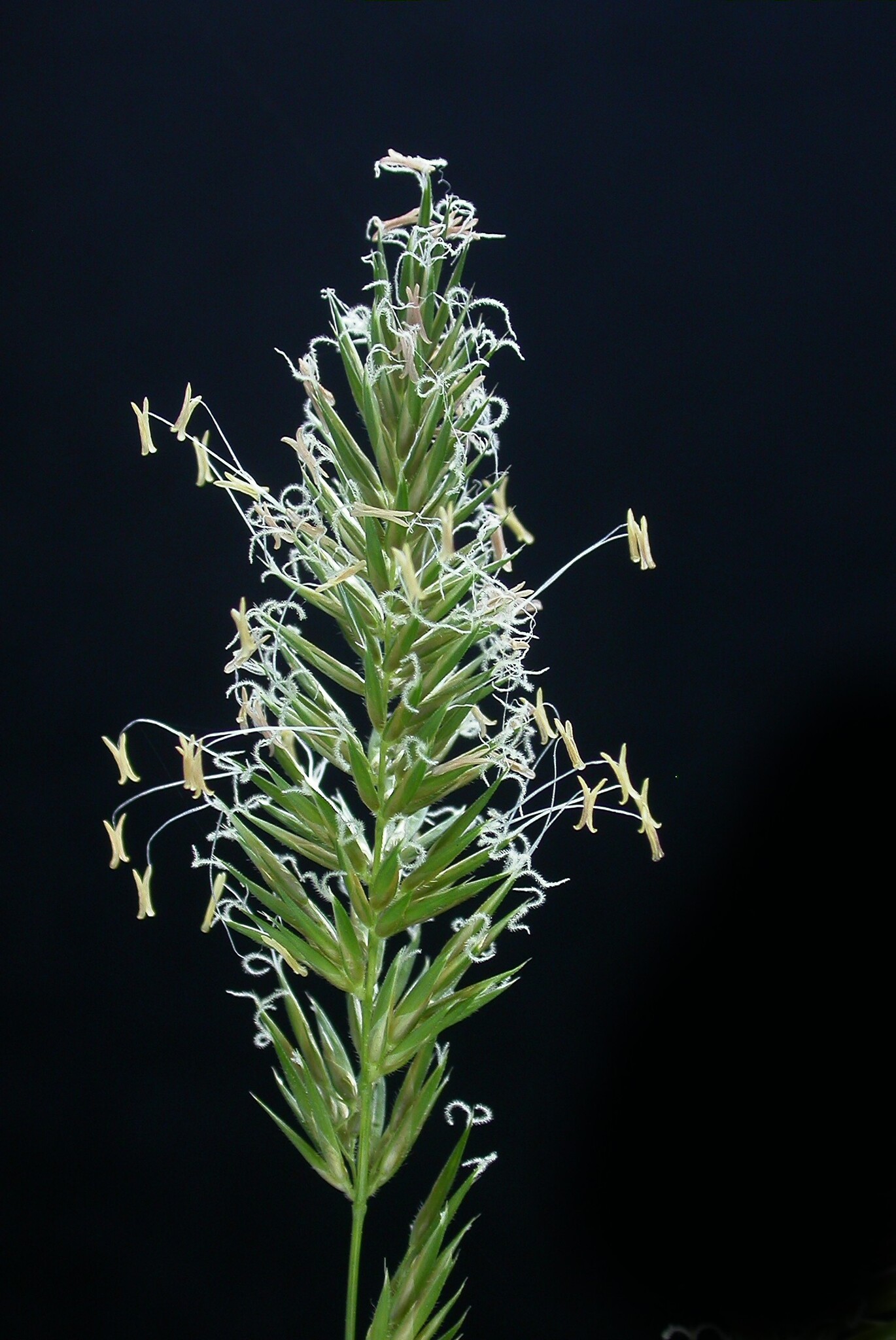
Greek anthos – flower, xanthos – yellow, referring to the colour of the panicle after flowering.
Tufted or shortly rhizomatous annuals or perennials with a characteristic grassy, slightly perfumed (coumarin) smell. Leaves flat, rolled in bud. Ligule membranous. Inflorescence a condensed panicle. Glumes 2, unequal, awnless, lowermost 1-nerved, uppermost 3-nerved, longer than the florets. Spikelets 5-10 mm long, laterally flattened, 3-flowered, lower ones sterile or male, the uppermost one bisexual and much shorter than the other two. Lemmas hairless, 1-7 nerved. Palea present, awnless, 1-2 nerved, keel-less.
A. aristatum and A. odoratum are significant weed species.
Seed.
Shoots aromatic (due to the chemical coumarin); inflorescence dense; glumes unequal, shiny.
20 species from tropical and temperate regions. Australia has 2 naturalised species.
Schouten and Veldkamp (1985).
Source: (2005). Poaceae. In: . Horticultural Flora of South-eastern Australia. Volume 5. Flowering plants. Monocotyledons. The identification of garden and cultivated plants. University of New South Wales Press.
